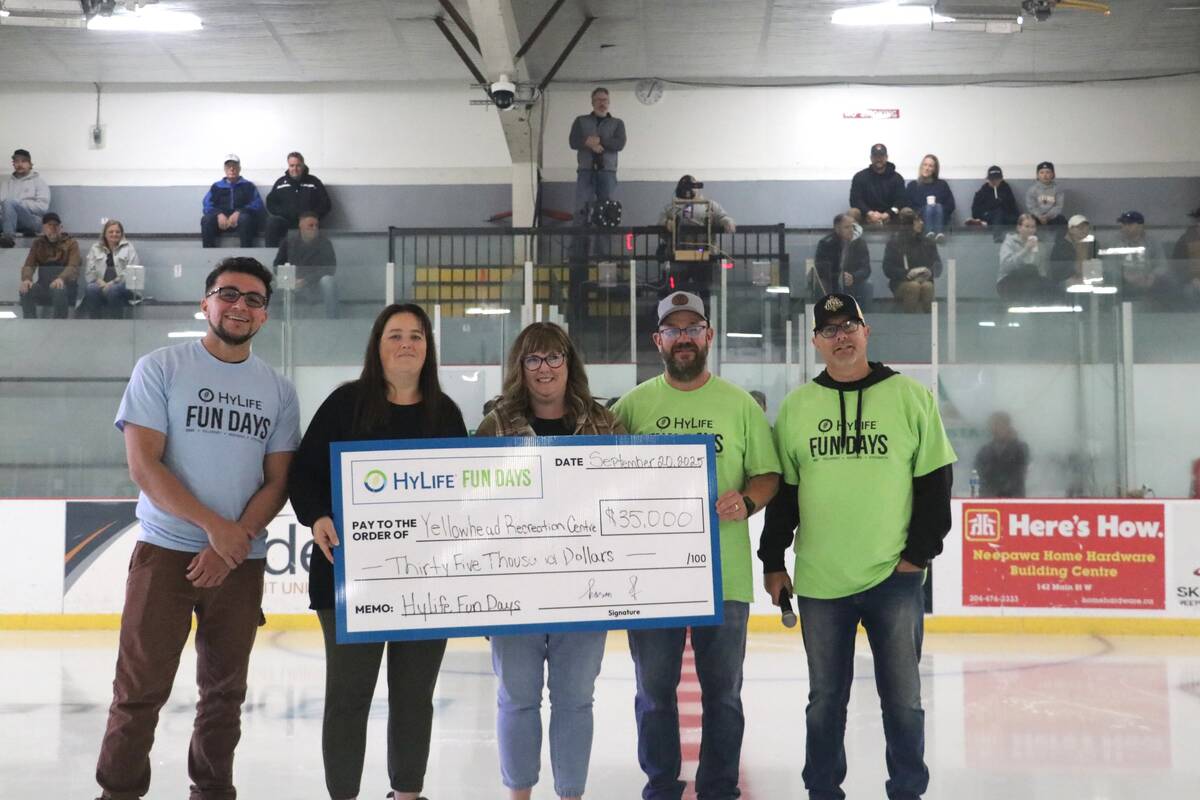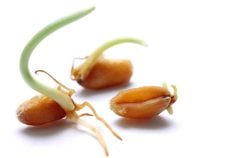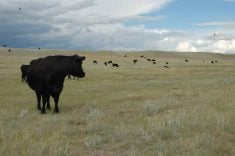PELLY CROSSING, Yukon – Directions to the Pelly River Ranch are simple. Drive north of Whitehorse for four hours until you reach Pelly Crossing. Turn left and drive 50 kilometres “into the bush,” said Wenda Bradley over the radio phone.
It takes more than an hour to drive that last 50 kilometres over a rough road. It was carved through the trees in 1966 as part of a program to tap into northern resources, launched in the late 1950s by then prime minister John Diefenbaker.
Before the road was built, if Hugh Bradley and his brother Dick wanted supplies for their isolated ranch, they had to paddle five kilometres down the Pelly River and hike overland to a road that was used during the Klondike gold rush in 1898.
Read Also

Manitoba community projects get support from HyLife
HyLife Fun Days 2025 donated $35,000 each to recreation and housing projects in Killarney, Steinach and Neepawa earlier this fall.
“There was no road. You used a pole, paddle and a ton of potatoes,” said Hugh of the hard work required to get supplies, including livestock, across the river to the ranch, originally established in 1901.
They later built a 16 km road extension to bring the trail closer to their ranch. When neighbours came, they could see them across the river, said Dale, Hugh’s nephew and now co-owner of the ranch.
Because of the distance to markets, the families have learned to recycle, said Hugh, who bought the ranch in 1953.
“Everything here is scrounged from the American army,” said Hugh of the time during the Second World War when the American army built the Alaska Highway.
There are grader blades for fence posts and telephone wire instead of barbed wire in places.
Even the long, narrow bread pans Wenda uses are remnants from the American army.
Tea is served in a metal teapot with a lid from a Magic Baking Powder can. The teapot came from Alex Coward, an oldtimer from nearby Minto, who owned a river barge.
“It was a longtime tea pot when we came to the country,” said Hugh.
“It’s now 45 years older,” added Wenda.
The family still uses a binder to cut grain, a threshing machine to thresh it and a 1900s fanning mill to clean the grain for seed and chicken feed.
“The threshing machine is a little coarse,” said Dale.
Each spring they use a potato seeder that’s more than 100 years old to seed a one-acre patch of potatoes. Hugh’s grandfather brought the used seeder with him when he came west from Ontario in 1912.
“It was an old machine then,” said Hugh, and his grandfather contemplated whether he should bring it west with the rest of his settler’s equipment.
Using machinery that is more commonly found in museums than a working farm poses some problems, especially finding parts.
“That’s become a problem. You can’t order parts for the binder,” said Dale.
“You make it or you build them,” said Hugh, who often rummages through an area of old machinery he calls his spare parts department, to find pieces that may be rebuilt.
“You do what you got to do and you make what you got to make to make it work,” said Dale on the farm 480 km south of the Arctic Circle. At one time it was the most northerly and westerly farm in Canada.
Compared to his uncles, Dale thinks he has life easy. There’s a road into the ranch and a radio phone if there are problems. Solar panels on two of the three homes provide electricity.
“When Uncle Dick and Hugh were here alone, they put in pretty hard days,” he said.”It’s only an hour’s drive out. When my folks came it was an all-day adventure.
“We even have a telephone. It can’t get much better than this,” said Dale, who tries to spend as much time on the river as he can spare.
A few metres outside the three farm homes flows the Pelly River. About eight km downriver it joins the Yukon River at Fort Selkirk, one of the Yukon’s most important historic sites.
“I love that river,” said Dale, who was recently appointed to a local renewable resources council. The councils were established after the final agreement of the First Nations land claims settlement to give local people a say in how the area is run.
Already the local councils are working on forestry policies for their areas. Before, the government used British Columbia forest policy that often didn’t work in the more desert-like Yukon. Only 300 millimetres of precipitation falls on the farm, about half as rain. Hugh has taken complex weather recordings every day for 47 years.
Dale said the local council has also highlighted the out-of-date hunting regulations.
“They were OK 20 years ago. Now with four-wheelers and boats, the hunting regulations in place are inadequate.”
Like other farms farther south, it’s harder to make enough money strictly by farming, said Dale.
“In the past the farm supported two people plus improvements, comfortably.
“Now there are more people here than we can support on the farm.”
Living at the Pelly River Ranch are Hugh and his wife Wenda, and their foster child. Dale and his partner, Sue Franks, have five in their family. Dale’s sister Gwen and her husband T.C. Franks, Sue’s brother, have four in their family.
All three women work away from the farm part time to earn extra income.
Wenda is a nurse practitioner, Sue works in the bank and Gwen in the renewable resources office, all in the village of Pelly Crossing.
The farm income comes from the produce they raise on the 200 acres of deeded and 2,000-acre lease land. The calves from the 30 cows are fattened and sold to people in nearby communities. They also sell eggs, and raise broiler chickens and pigs. A few people even buy produce from the large garden.
In 2000 the family was given the farmer of the century award by the Yukon Agricultural Branch in recognition for their contribution to the development of agriculture in the territory.














